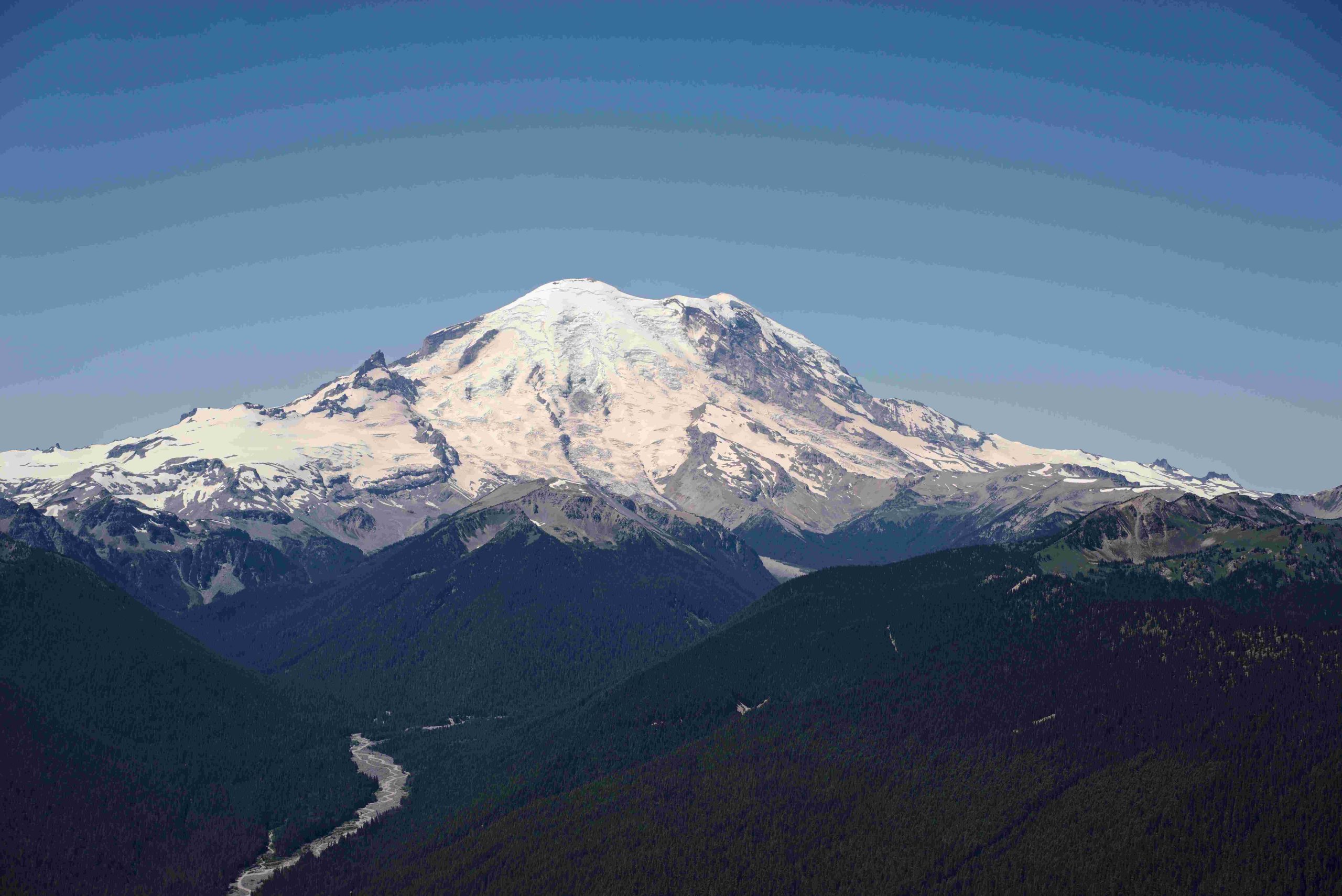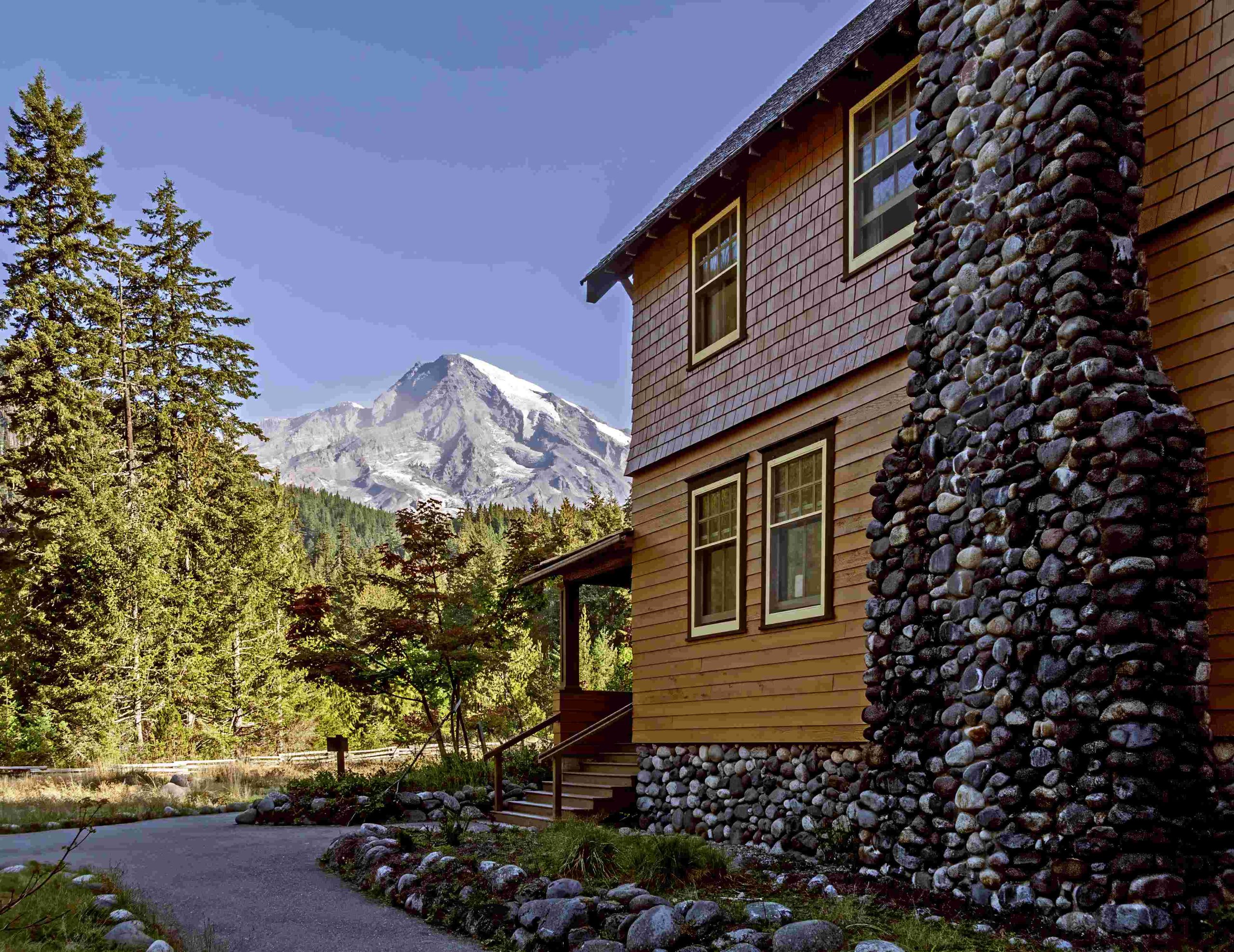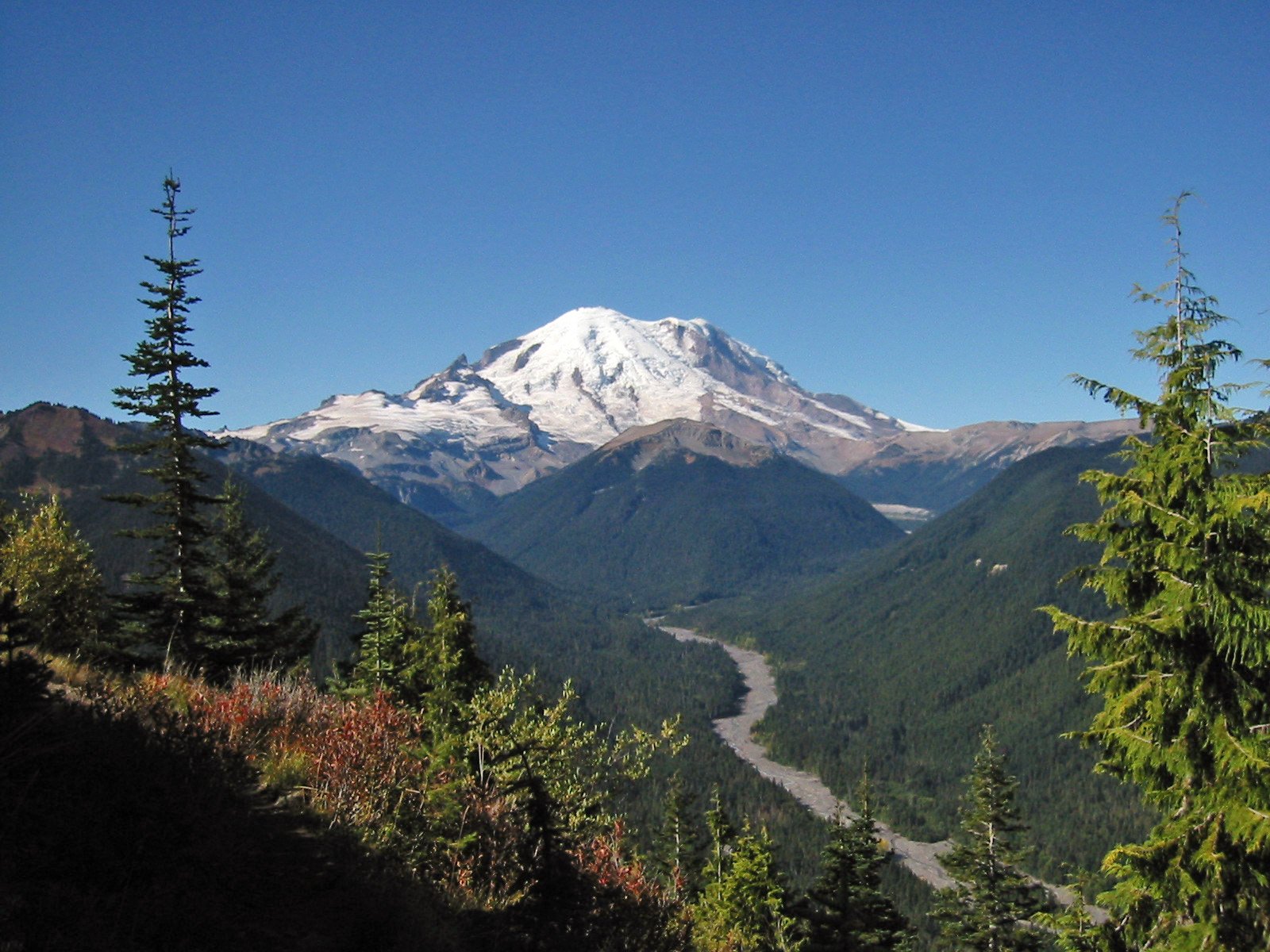Mount Rainier National Park offers some of the most breathtaking night skies in the United States. With minimal light pollution, clear atmospheric conditions, and high elevation, the park provides an ideal setting for stargazing and astrophotography. Visitors can witness celestial wonders, from meteor showers to planetary alignments, against the backdrop of the majestic Mount Rainier. The park’s commitment to preserving natural darkness makes it a haven for astronomy enthusiasts and casual stargazers alike.
What Makes Mount Rainier Ideal for Stargazing?

Mount Rainier’s night skies are renowned for their clarity and darkness, offering visitors a chance to witness the cosmos in all its glory. Several factors contribute to the exceptional stargazing conditions:
- Minimal Light Pollution: The park’s remote location and lack of urban development ensure dark skies.
- High Elevation: The mountain’s altitude reduces atmospheric distortion.
- Clear Air: Low humidity and high transparency create optimal viewing conditions.
How Does Light Pollution Affect Stargazing at Mount Rainier?
Light pollution is one of the biggest enemies of stargazers, but Mount Rainier National Park offers a refuge from this modern-day nuisance. The park’s commitment to preserving natural darkness means that artificial light is kept to a minimum, allowing the stars to shine brightly.
- Dark Sky Preservation: The park actively works to minimize artificial lighting.
- Remote Location: Distance from major cities reduces sky glow.
- Visitor Education: Programs educate visitors about the importance of dark skies.
What Role Does Weather Play in Night Sky Viewing?
Weather conditions play a crucial role in determining the quality of stargazing experiences at Mount Rainier. Here’s what to consider:
- Cloud Cover: Clear skies are essential for optimal viewing.
- Humidity: Low humidity nights offer better transparency.
- Seasonal Variations: Winter often provides clearer nights, while summer can be more humid.
| Season | Typical Conditions | Stargazing Quality |
|---|---|---|
| Winter | Clear, cold nights | Excellent |
| Spring | Variable, some clear nights | Good |
| Summer | Can be humid, occasional clear nights | Fair to Good |
| Fall | Crisp, often clear nights | Very Good |
When Are the Best Times to Observe Celestial Events?

Timing is everything when it comes to observing specific celestial events at Mount Rainier. Here’s a guide to help you plan your stargazing adventure:
What Meteor Showers Can Be Seen from Mount Rainier?
Mount Rainier offers excellent viewing conditions for several annual meteor showers:
- Perseids: Peak in mid-August
- Orionids: Best viewed in late October
- Geminids: Active in mid-December
For the best experience, plan your visit during the peak nights and when the moon is less full.
How Can You Spot Planetary Alignments?
Planetary alignments are spectacular events that can be observed from Mount Rainier. To catch these rare occurrences:
- Use astronomy apps or websites to track planetary positions.
- Plan your visit during predicted alignment dates.
- Bring binoculars or a telescope for a closer look.
What Impact Does the Lunar Phase Have on Stargazing?
The moon’s phase significantly affects stargazing conditions:
- New Moon: Ideal for deep-sky observation
- Crescent Moon: Good for both lunar and stellar viewing
- Full Moon: Best for lunar observation, but limits visibility of fainter stars
Where Are the Best Stargazing Locations in Mount Rainier National Park?
Mount Rainier National Park offers several prime locations for stargazing, each with its own unique advantages:
Why Is Sunrise Visitor Center a Popular Stargazing Spot?
Sunrise Visitor Center is a favorite among stargazers for several reasons:
- High Elevation: At 6,400 feet, it offers clear, unobstructed views.
- Accessible: Paved roads make it easy to reach (seasonally).
- Amenities: Restrooms and information available during operating hours.
Location Details:
– GPS Coordinates: 46.9143° N, 121.4423° W
– Parking: Available, but check for overnight restrictions
– Permits: Park entrance pass required
What Makes Mowich Lake Campground Ideal for Astrophotography?
Mowich Lake Campground is a hidden gem for astrophotographers:
- Remote Location: Minimal light interference
- Walk-in Campground: Reduces vehicle headlight disturbance
- Lake Reflections: Opportunity for stunning night sky reflections
Visitor Information:
– GPS Coordinates: 46.9333° N, 121.8667° W
– Access: Short walk from parking area
– Permits: May require wilderness permit for overnight stays
What Equipment Should You Bring for Astrophotography at Mount Rainier?
To capture the beauty of Mount Rainier’s night skies, consider bringing:
- Camera with high ISO capabilities (e.g., ISO 6400+)
- Wide-angle lens for landscape astrophotography
- Sturdy tripod to prevent camera shake
- Remote shutter release for long exposures
- Red headlamp to preserve night vision
How Can You Improve Your Astrophotography Skills at Mount Rainier?
Enhance your astrophotography skills with these tips:
- Attend local workshops or guided tours when available
- Practice long-exposure techniques
- Experiment with foreground elements to add depth to your images
- Learn to use star-tracking mounts for sharper images
What Safety Precautions Should Stargazers Take at Mount Rainier?
While enjoying the night skies at Mount Rainier, safety should be a top priority:
- Inform someone of your plans and expected return time
- Bring warm clothing, even in summer, as temperatures can drop significantly at night
- Carry a first-aid kit and emergency supplies
- Be aware of wildlife and follow park guidelines for animal encounters
- Stick to designated trails and viewing areas
By following these guidelines, you can safely enjoy the spectacular mount rainier night skies and create memories that will last a lifetime.
References:
1. https://visitrainier.com/stargazing/
2. https://www.mattdieterich.com/post/clear-skies-at-mount-rainier-national-park-s-astronomy-program
3. https://www.cruiseamerica.com/trip-inspiration/stargazing-in-washington-state

